#Kent England
Explore tagged Tumblr posts
Text

Archaeologists Find Statue of the Roman Sea God Triton in Mausoleum
Archaeologists have uncovered a Roman Statue of Triton during excavations in preparation for a housing development in Kent, England.
Archaeologists from the Canterbury Archaeological Trust (CAT) have discovered artifacts, including a mausoleum which is to be buried within a roundabout, which are more than 1,700 years old during an investigative dig related to a new housing development close to London Road in Teynham.
Robert Masefield, Director for RPS, said: “We expected interesting Roman archaeology, perhaps a cemetery, but the finds including the lively and unique statue of a Triton and the mausoleum remains have by far exceeded that. These finds are now part of Teynham’s local legacy and the nations rich Roman story. Further study will place the findings in their full historical context.”
The area, which is being built on by Moat Homes and Chartway Partnerships Group for its Frognal Lane development, follows the ancient Roman Watling Street and during an initial site evaluation, fragments of chalk wall foundations and Roman cremation burials were discovered. As a result, Swale Council, with advice from Kent County Council Heritage Conservation, required a 0.5-hectare archaeological excavation at the site.

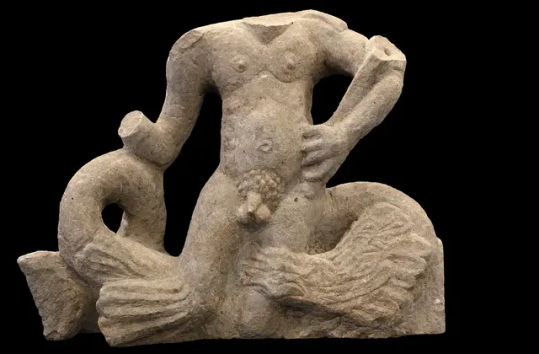

The Canterbury Archaeological Trust (CAT) was tasked with leading the dig, which revealed elements of a 30m square walled enclosure surrounding a c.7m square structure. Further excavations revealed that the structure is a Roman mausoleum containing a Roman coin dating from around 320 to 330 AD. The site also included Roman, and possibly later, burials with various grave goods.
However, the highlight of the findings was the discovery of a stone statue, representing the sea god Triton.
The Triton statue is substantial, appropriately 70cm (27.5 inches tall) and 70cm wide. It weighs more than 132lb (60kg). Archaeologists did not need to dig far. It was only 1.3 feet (40cm) below ground.
In Roman mythology, Triton was the son of Neptune, the god of the sea. The unique stone statue depicts Triton – a merman with the torso of a man and the tail of a fish – riding on a sea monster.
As a demi-god, he could calm the waves by blowing on his conch shell, which he appears to be holding in the uncovered sculpture. That part has been broken off, but the artifact is otherwise in incredible condition. It was carved between the late first century and second century AD.
Dr. Richard Hobbs, senior curator of Roman Britain at the British Museum, told MailOnline it is ‘spectacular’.
He said that, although a few fragments of Triton sculptures are known from Roman Britain, ‘nothing quite like this has been discovered before’.
Excavations are continuing at the site.
By Leman Altuntaş.
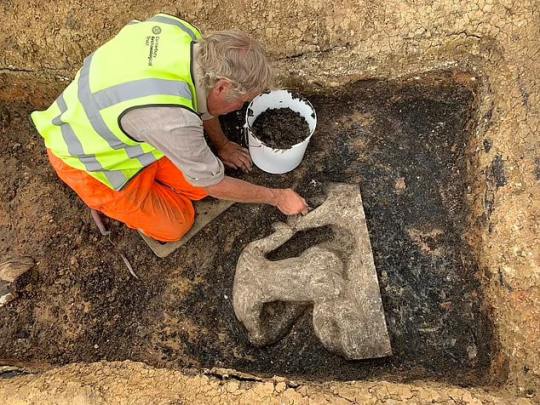
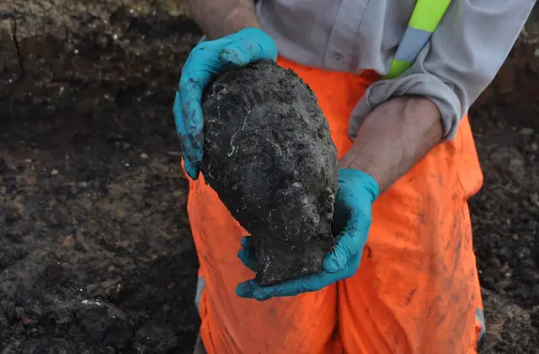

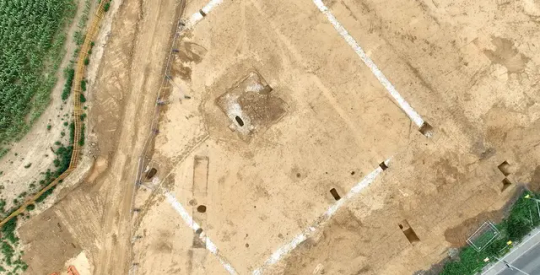
#Archaeologists Find Statue of the Roman Sea God Triton in Mausoleum#Kent England#The Canterbury Archaeological Trust#stone statue#roman statue#ancient tomb#ancient grave#ancient mausoleum#ancient artifacts#archeology#archeolgst#history#history news#ancient history#ancient culture#ancient civilizations#roman history#roman empire#roman art
222 notes
·
View notes
Text
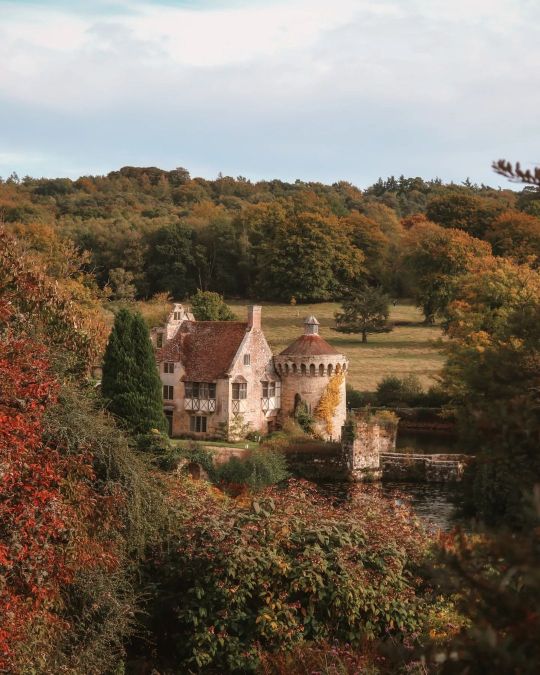
wander_linaa
232 notes
·
View notes
Text
David Bowie // Hadden Hall, Kent, England // September 1970





Photographer: Keith MacMillan
#david bowie#david robert jones#1970#david bowie 1970#keith macmillan#kent#Kent England#kent uk#1970s#70s#england#united kingdom#1970s alternative#70s rock#70s music#moonage daydream#long hair boy#david bowie long hair#bowie#glam rock#classic rock#classic style#walking in the woods#alternative#long coat#young david bowie#hadden hall#hadden#rock
58 notes
·
View notes
Text

Victor Canning, Everyman's England
2 notes
·
View notes
Text

Sissinghurst, Kent, England by Poppins
#sissinghurst#kent#england#uk#united kingdom#nature#white flowers#overgrown#green moss#moss#nature aesthetic#flowers#petitworld favs#petitworld
2K notes
·
View notes
Text

Mote Park, Maidstone, Kent, England, May 2024.
#photography#nature photography#nature#trees#flowers#irises#water#river#kent#england#mote park#maidstone#lensblr#photographers on tumblr#original photography
2K notes
·
View notes
Text

Practicing shelter building in Kent Downs National Landscape
England
1991
#vintage camping#campfire light#england#kent downs national landscape#history#camping#survival#hiking#shelter#1990s
422 notes
·
View notes
Text

Two fishermen knit their winter woolies in Ramsgate, Kent, England, 1940s - Visual Studies Workshop/Getty Images
898 notes
·
View notes
Text
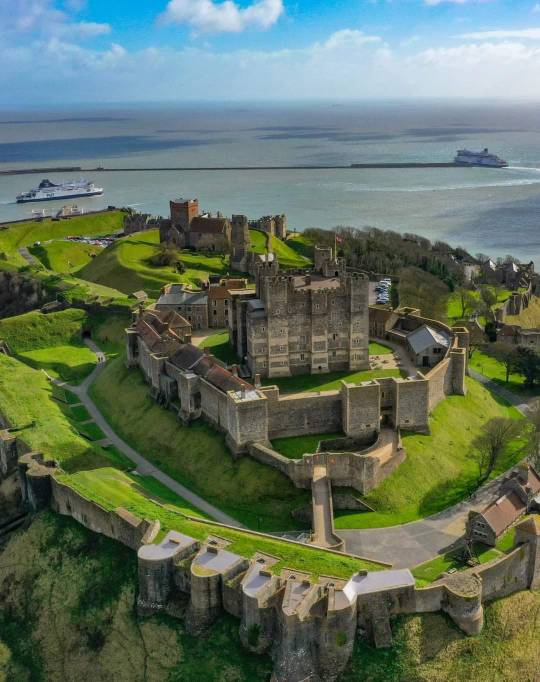
Dover Castle - ENGLAND
552 notes
·
View notes
Text

Dover; 4.9.2010
#photography#photographers on tumblr#dubmill#Dover#Kent#England#UK#Britain#cliffs#chalk#original photography#original photograph#2010#04092010
117 notes
·
View notes
Text


Bluebell woods at Emmetts Garden by Mark
1K notes
·
View notes
Text







Bridgerton + Costumes
Kathani "Kate" Sharma's purple dress and spencer in Season 02, Episode 04.
// requested by anonymous
#Bridgerton#Kate Sharma#costumes#costume drama#costumesource#period drama#perioddramaedit#1800s#19th century#purple#Aubrey Hall#Kent#England#Britain#Europe#requests
112 notes
·
View notes
Text
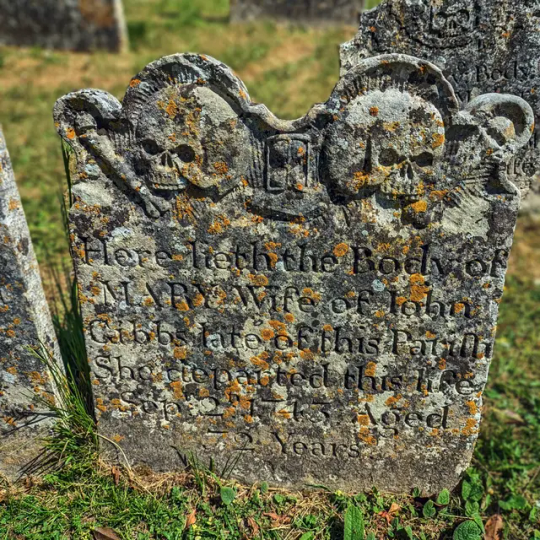
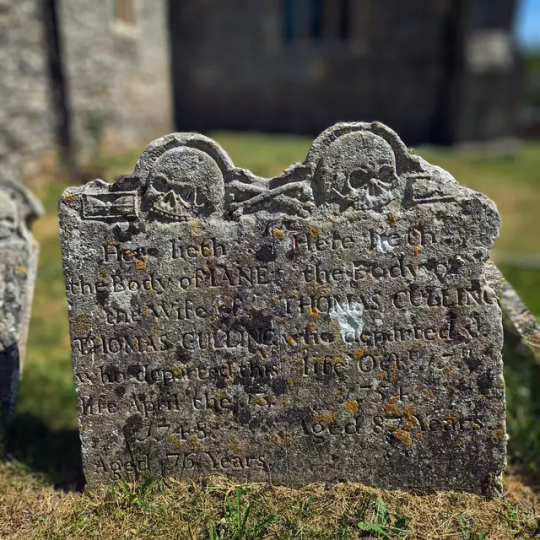
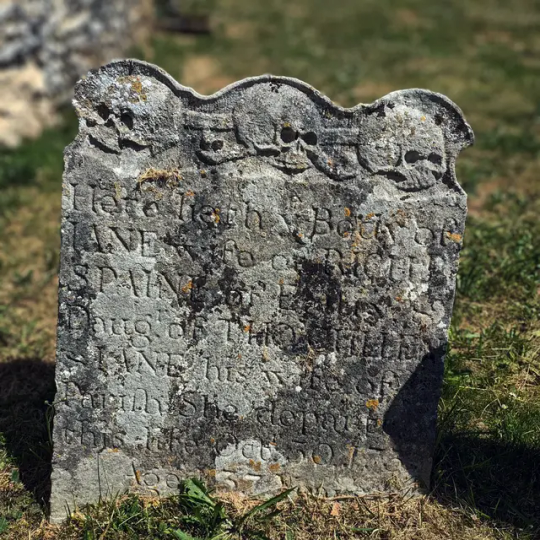
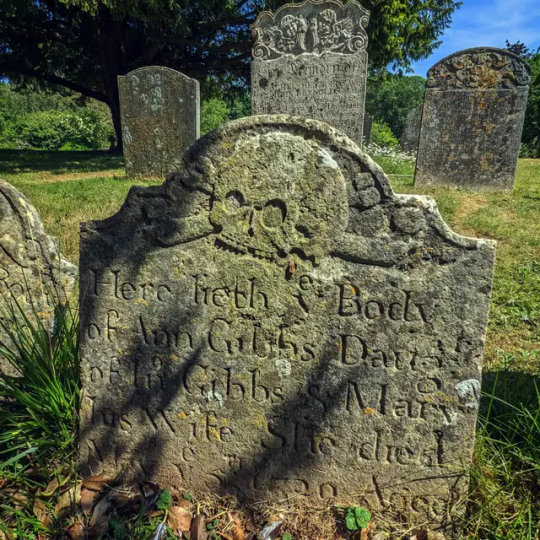
Memento Mori- Adisham - Kent.
#occult#gothic#folklore#memento mori#goth#skull#folk horror#dead#skulls#history#grave#gravestone#cemetery#burial#macabre#grim reaper#goth aesthetic#kent#england
970 notes
·
View notes
Text
Shell Grotto

Underground caves lined with millions of shells, and no one knows who built them.
The Shell Grotto in Margate, Kent, England, stands as one of history’s most baffling mysteries.
Discovered in 1835, this hidden passageway is adorned with over 4.6 million meticulously arranged shells, forming elaborate mosaics that cover every inch of its walls and ceilings.
The designs are precise and intricate, depicting symbols, patterns and figures whose meanings remain shrouded in mystery.
What makes the grotto so compelling is that no one knows who created it, when, or why.
Some speculate it dates back to ancient times, possibly as far as the Roman or Phoenician period, while others believe it was constructed in the medieval era or even the 18th or 19th century by an eccentric individual.
Was it a secret temple, a meeting place for a hidden society, or a mysterious art project?
Theories are abundant, but definitive answers are nonexistent.
The Shell Grotto is more than just a stunning piece of craftsmanship. It’s a riddle that continues to confound experts and captivate visitors from around the world.
#Shell Grotto#margate#kent#england#shells#underground cave#mystery#craftmanship#mosaics#sea shells#subterranean passageway#grotto#underground#historical monument
67 notes
·
View notes
Text


Ivy Hatch, Sevenoaks, Kent, England by Reece
#sevenoaks#kent#england#uk#united kingdom#fall season#autumn#fall#nature#neutral colors#nature aesthetic#2024#petitworld favs#petitworld
2K notes
·
View notes
Text

Footpath opposite Allington Sluices and Lock, near Maidstone, Kent, England.
#photography#nature photography#nature#trees#kent#england#allington#allington lock#lensblr#photographers on tumblr#original photography
1K notes
·
View notes